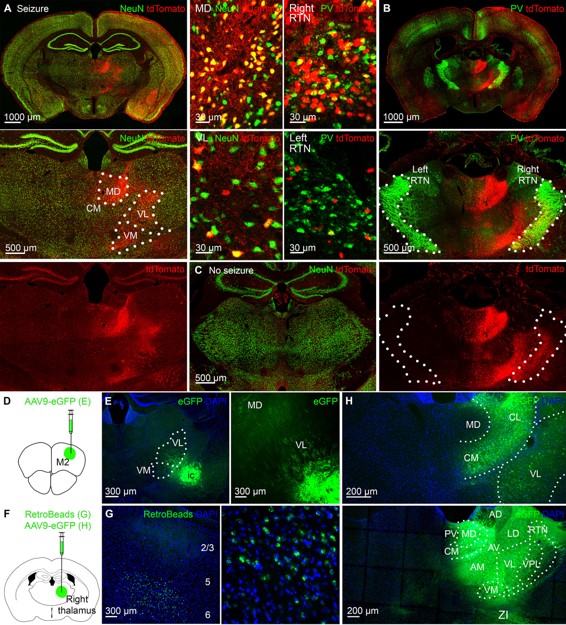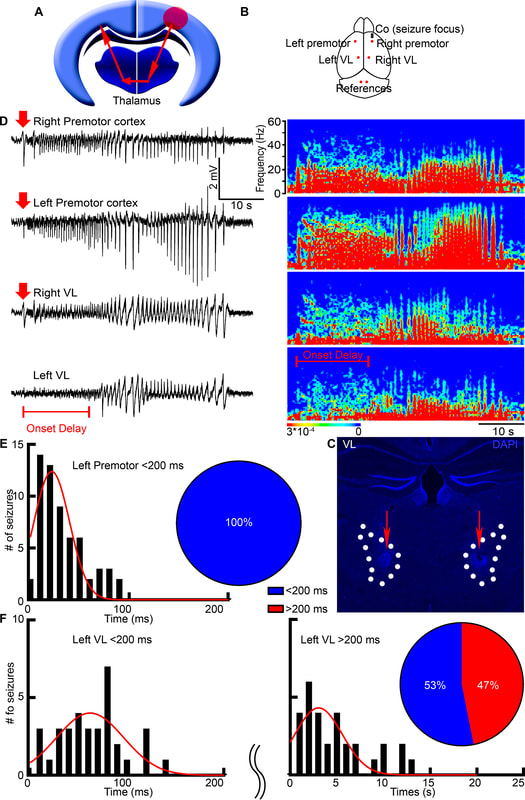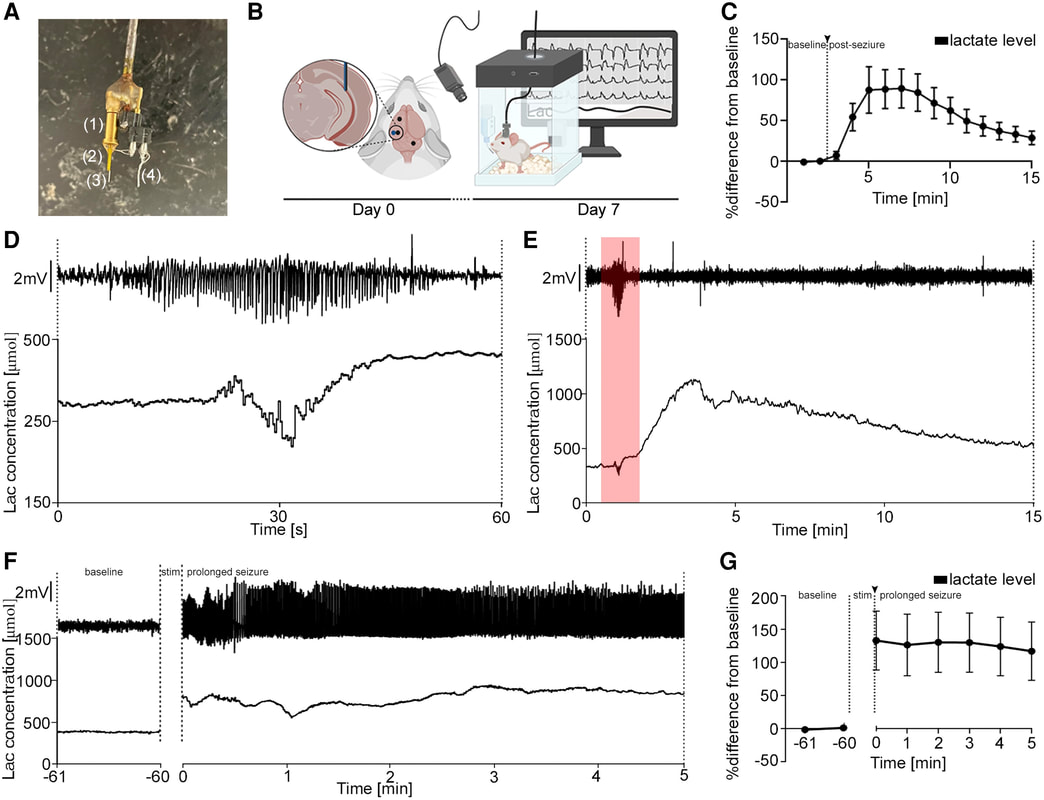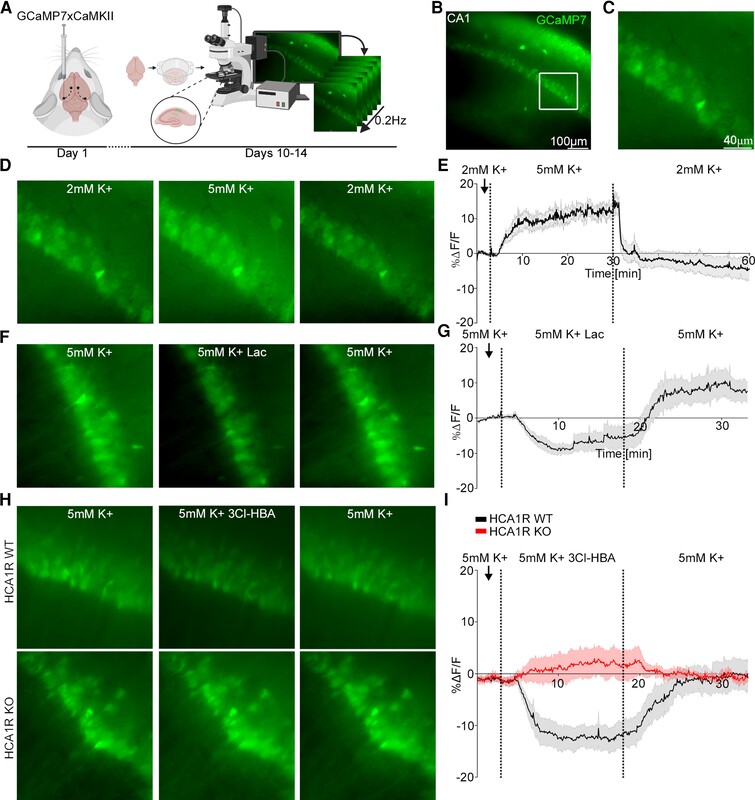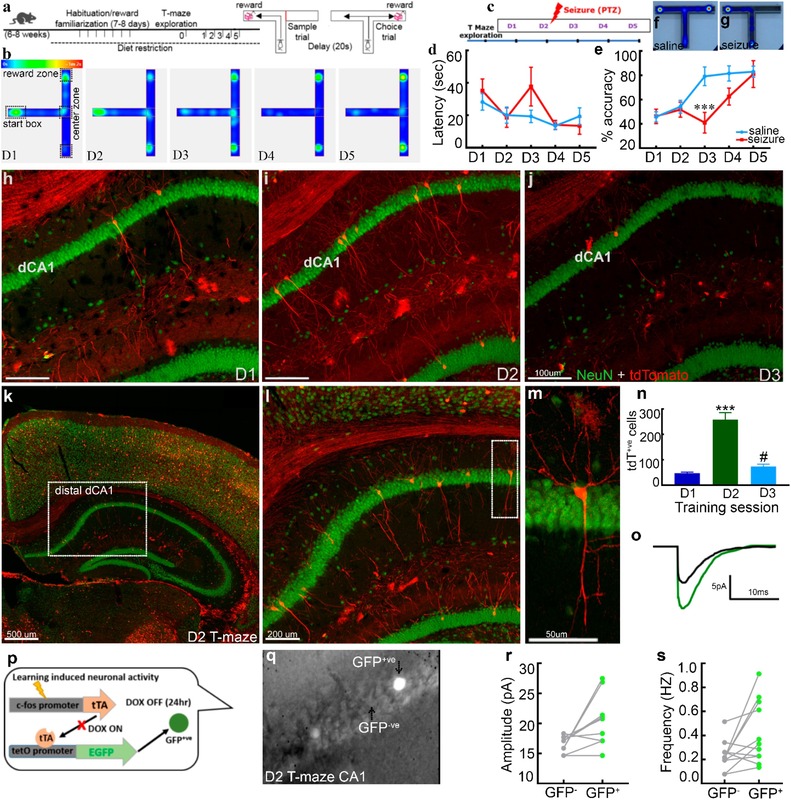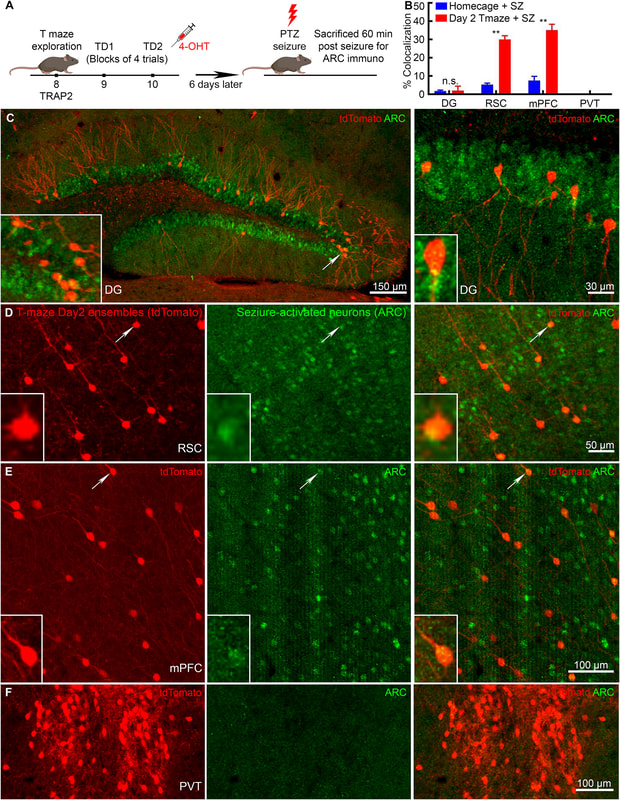We are investigating..
Seizures as brain explorers
A few thousand neurons acting together can generate a seizure. It travels far from its origin, generating convulsive and dystonic movements, triggering and erasing memories, causing sadness and depression, altering hormonal cycles, and even suppressing breathing. We study these circuits using activity reporter mice and manipulate them using chemogenetic and optogenetic methods.
Lactate and seizures
We recently learned that the brain can sense lactate via a receptor called HCA1 Receptor. Seizures generate a lot of lactate (Top panel), so we investigated the role of lactate receptors in seizures. Early findings are that the receptor acts to suppress seizures & neuronal excitability (Bottom Panel).
When seizures do not end
Most seizures end because the brain has inhibitory mechanisms, but they can become self-sustaining and prolonged to cause death or brain injury if inhibition breaks down. These seizures, called status epilepticus, represent extreme activity-induced brain plasticity. We found that seizures modulate GABA and AMPA receptor trafficking (Top Panel). These studies prompted interest in clinical trials. We performed an established status epilepticus treatment trial (ESETT), which defines the treatment of status epilepticus when benzodiazepines have failed (Bottom Panel).
Last thing I remember: how seizures erase memories
People who experience a seizure can not remember events preceding the seizure. This fact has long been exploited to understand memory mechanisms. Most introductory neurobiology textbooks bring up an epilepsy patient HM (Henry Moliason), who lost capacity to store new memories after surgery to remove both his hippocampi to stop seizures. Hippocampus, which is used to encode episodic memories is capable of tremendous plasticity, excessive pathological plasticity leads to seizures and epilepsy. We have explored overlapping mechanisms between seizure and learning induced synaptic potentiation using genetically modified mice Top panel). We the studied overlap between seizure and memory circuits (Bottom panel).
